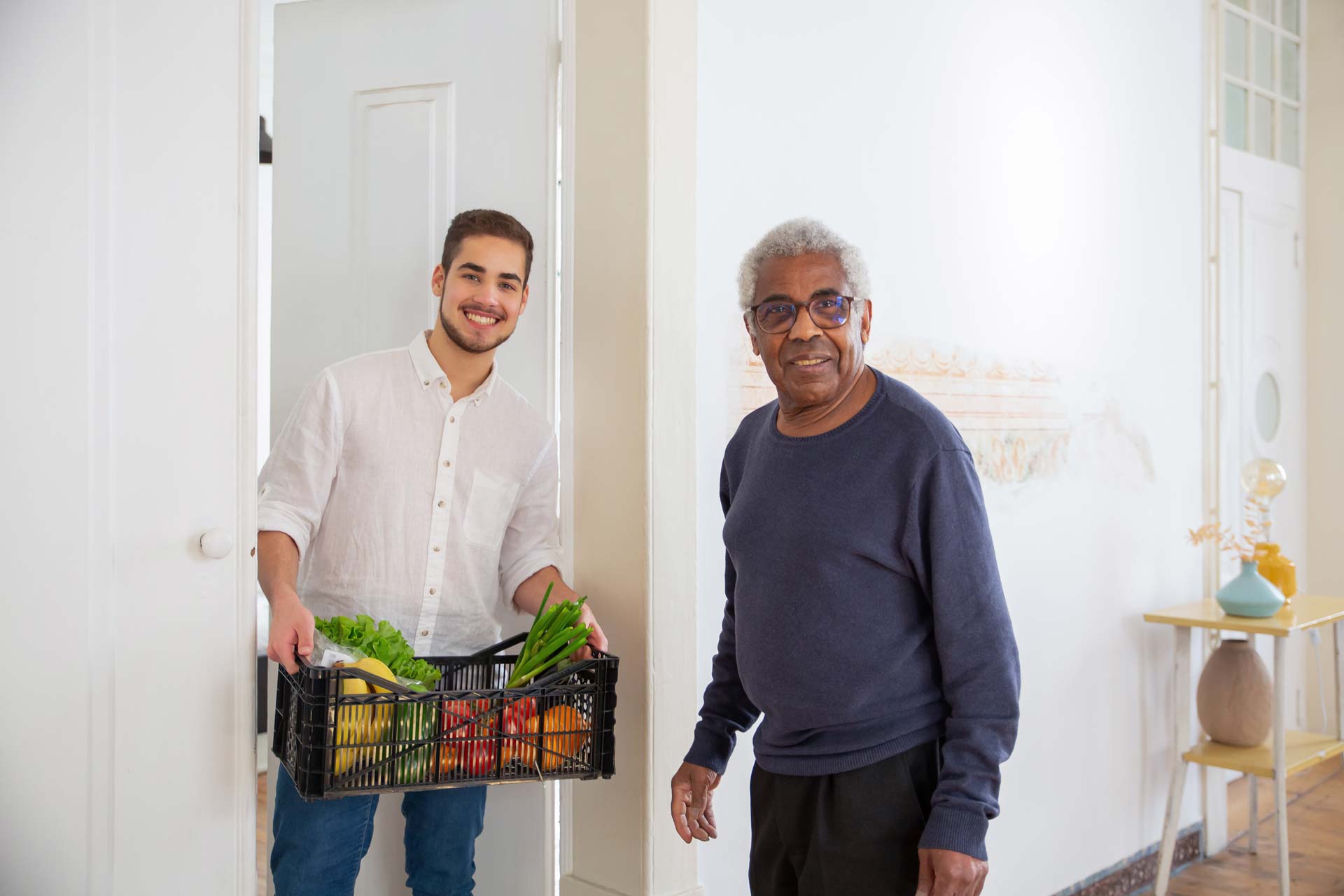Big Savings on Food and Groceries: 5 Nutrition Programs Seniors Love
Nov 29, 2024

It’s good that several food assistance programs now ensure you get the nutrition you need minus the hassle and at little to no cost. They help ease your financial burdens, and some even deliver healthy, fresh food right to your door. Below are several of these outstanding programs.
1. Supplemental Nutrition Assistance Program (SNAP)
Formerly known as “food stamps,” the Supplemental Nutrition Assistance Program (SNAP) provides monthly food benefits to eligible individuals, including seniors. It supplements your grocery budget so you can afford to buy nutritious food. You must contact or visit your local SNAP office or state agency to apply for these benefits. Special eligibility rules apply to seniors. You must be 60 years or older and meet the net income test to qualify.
You will be notified of your eligibility for SNAP benefits within 30 days of your application. You will be issued an Electronic Benefits Transfer (EBT) card, which you can use like a debit card to buy food and groceries at authorized stores. Your benefits will automatically loaded onto your account monthly.
For more information about SNAP for seniors, click here.
2. Community Supplemental Food Program (CSFP)
The Commodity Supplemental Food Program (CSFP) is a federal program providing monthly food boxes to eligible seniors aged 60 years and older. CFSP helps the elderly attain food security through the food packages they give out.
CSFP also ensures the boxes that get to you contain nutrient-dense food ideal for your age. These healthy foods will supplement your dietary needs, helping you avoid getting ill and needing expensive hospitalization.
Your state will determine the income limits to meet the CSFP eligibility criteria. To learn more about whether you qualify or not, click here. You can also contact or visit your state distributing agency (SDA) for assistance with your application.
3. Meals on Wheels
The main goal of Meals on Wheels is to provide nutritious meals to seniors along with safety checks and companionship. Homebound elderly can expect these meals delivered to them. Meanwhile, for those still mobile and who would like to go out and meet people, Meals on Wheels also serves in community and senior centers.
Although Meals on Wheels mainly caters to seniors with diminished mobility, they generally serve older adults 60 years and above. However, age requirements may differ depending on the area or the program.
Meals provided come with a sliding fee scale, depending on your capacity to pay. So, a meal may come at full price or no cost. You may be asked to voluntarily give an amount toward your meal’s price if you cannot pay, but they will never deny you a meal. To find a Meals on Wheels in your area, click this link.
4. Senior Farmers’ Market Nutrition Program (SFMNP)
The Senior Farmer’s Marker Nutrition Program (SFMNP) distributes coupons to qualified individuals, including seniors. You can use these to buy fresh, locally grown produce like vegetables, herbs, fruits, and honey at participating community farms, roadside stands, and farmers' markets.
You can avail of SFMNP coupons if your or your entire household’s income doesn’t exceed 185% of the federal poverty guidelines. To ask for further assistance or information, contact or visit the agency running the SFMNP in your state. You can find the contact information of every SFMNP state agency here.
5. The Emergency Food Assistance Program (TEFAP)
The Emergency Food Assistance Program (TEFAP) offers free nutritious food for eligible seniors and low-income families. You can collect your food from nearby soup kitchens or food pantries if you meet the program’s qualifications.
You can get different kinds of food depending on your location. However, these usually include non-perishable items like soups, canned vegetables and fruits, dried beans, and pasta.
Contact your SDA to learn how to apply for the program. They will also inform you of the program’s eligibility criteria and where you can collect your food. You can also click on this link for more information.
Stay Healthy As You Age, Don’t Be Afraid To Ask for Help
Keeping healthy is vital when you grow older. So, if you need help getting the nutrition you need, don’t be afraid to seek assistance. Many more food assistance programs can support your needs, whether these are healthy food or something else. All you have to do is find them and ask.






